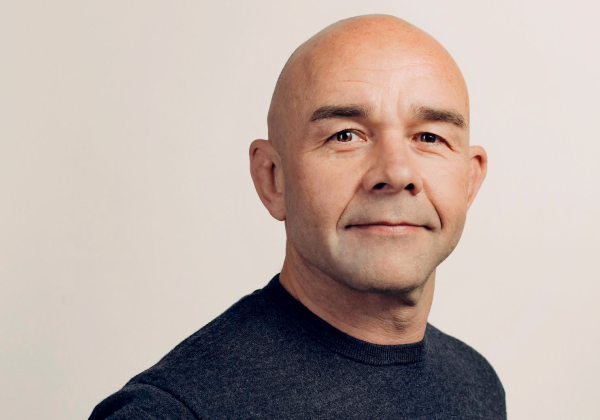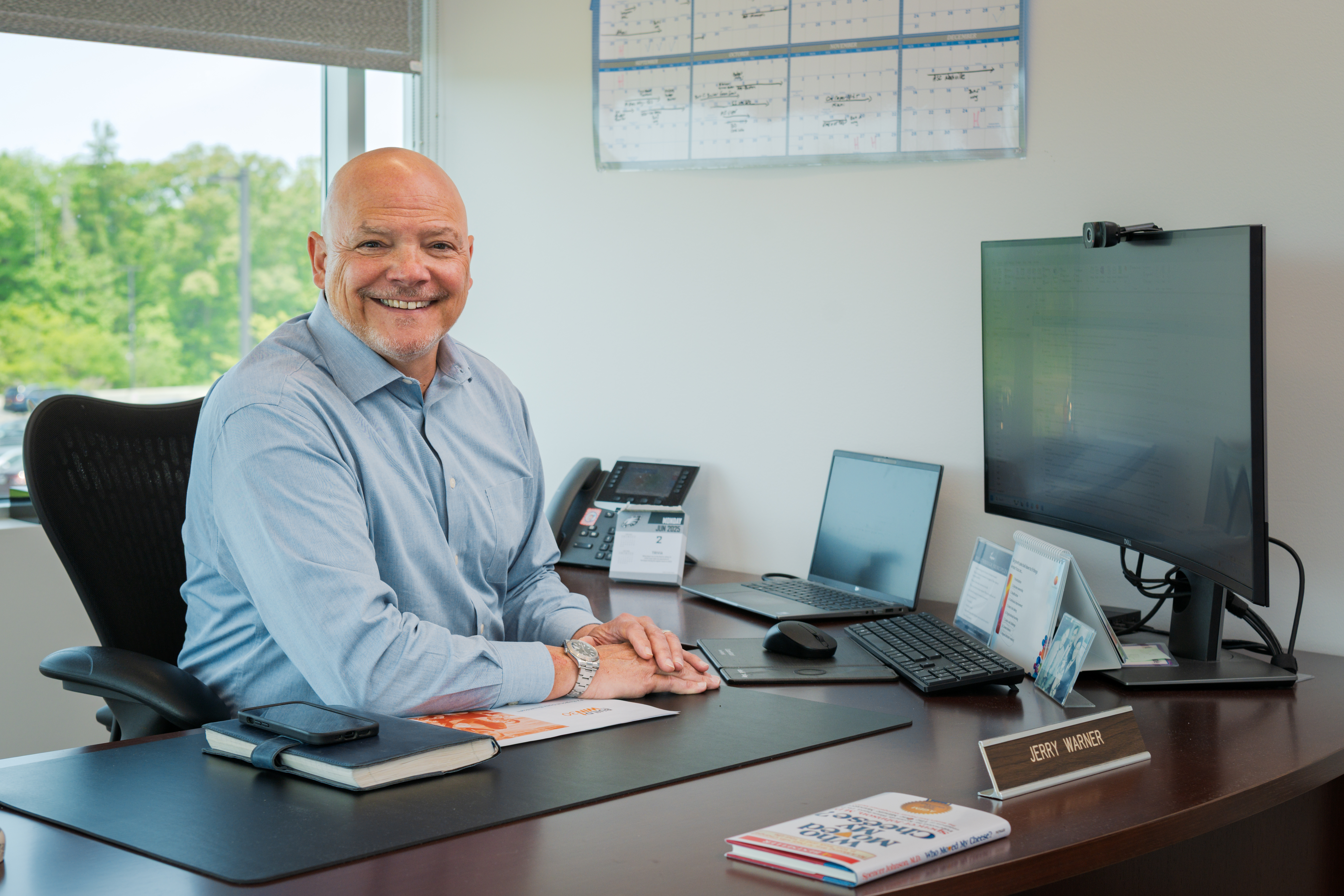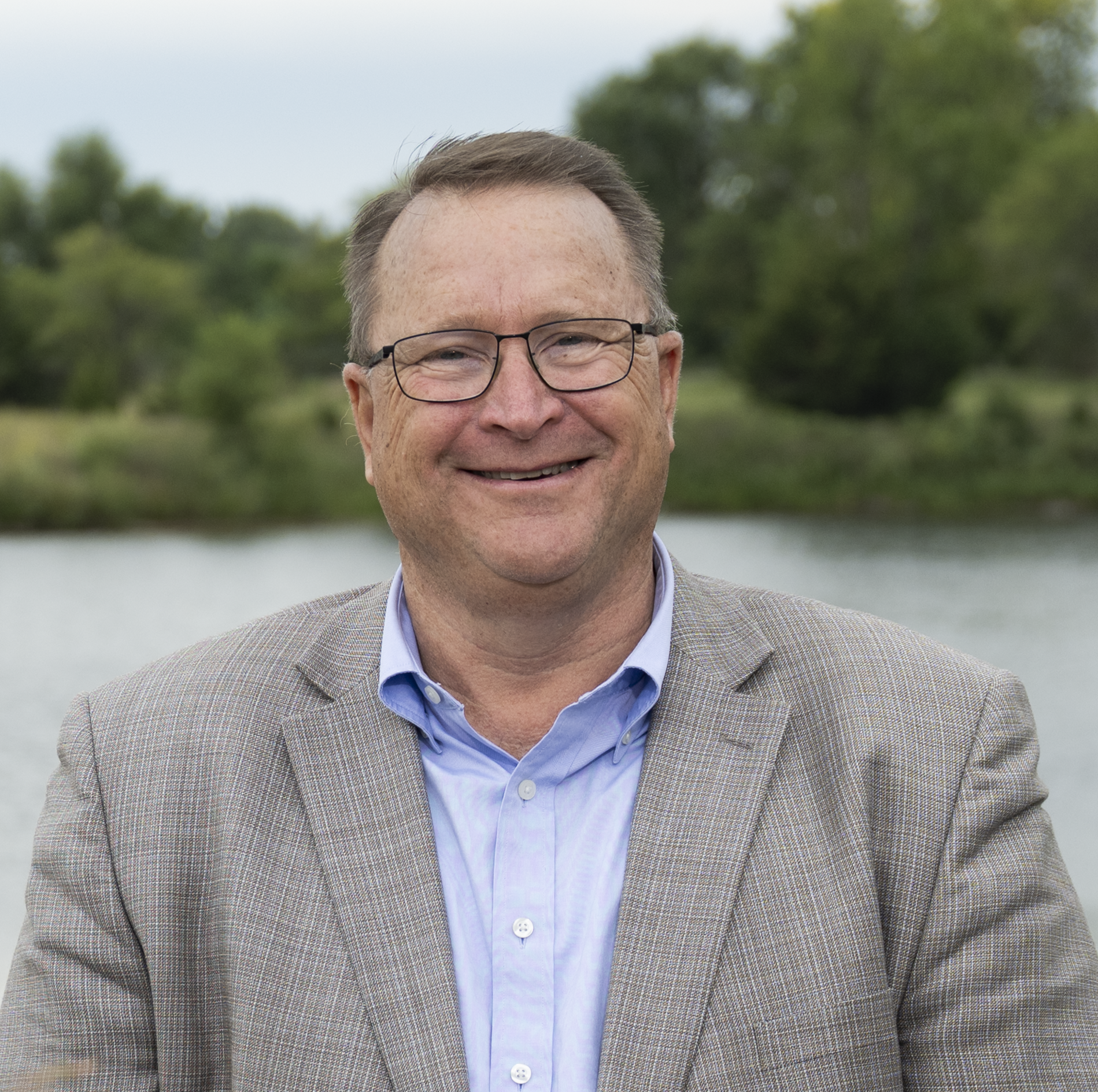
Corn harvest in central Nebraska is both a ritual and a reminder. As combines crawl through endless rows of gold, the grain they gather represents not only a livelihood for farmers, but also the lifeblood of a global energy system. The same kernels that feed livestock and line supermarket shelves also fuel engines, reduce carbon emissions, and anchor the business strategy of a company that has learned to thrive on uncertainty.
On any given day, Chuck Woodside, CEO of KAAPA Ethanol—a farmer-owned ethanol producer based in Kearney, Nebraska—wakes to check more than the weather forecast. He is tracking trade flows from Brazil, regulatory announcements from Sacramento and Ottawa, fuel credit markets in Washington, and the futures price of corn in Chicago. The numbers are never static. A federal appeals court upholding one piece of the Renewable Fuel Standard, a new state law opening E15 blends, or a swing in the price of corn by twenty cents per bushel—each carries consequences that ripple through his company and the communities that depend on it.
“The key thing,” Mr. Woodside says, leaning into a philosophy that has guided him for more than two decades, “is to be directionally correct. You don’t always get perfect clarity in this business, but you can build enough optionality into your strategy that you’re not stuck in cement.”
Optionality, in Mr. Woodside’s vocabulary, means more than hedging bets. It is about structuring risk so that KAAPA can serve multiple markets without being hostage to any single scoring system, policy framework, or trade lane. It is about building agility into an enterprise that produces more than 300 million gallons of ethanol annually and supplies over ten percent of California’s ethanol consumption. And it is about making decisions that acknowledge the reality of a world in flux.
“KAAPA’s story is far from a Midwestern tale alone,” remarks Mr. Woodside. “Ethanol may be born of our corn here in Nebraska, but its fate is decided in global boardrooms and legislatures and on trading floors.”
For perspective, in 2023–24, the U.S. exported a record 1.7 billion gallons ethanol, with demand rising in countries like Canada and the UK. Nationally, demand has risen with eight Midwestern states securing year-round approvals for E15, starting in 2025. And in September, California lawmakers approved a bill to allow E15 sales, projecting a 20-cent-per-gallon savings at the pump once signed into law.
Each of these developments shifts the ground under Mr. Woodside’s feet. And while the sheer pace of change would paralyze a less experienced executive, this disruption has become less a threat than a defining condition, and he’s built an enterprise culture around it. In doing so, he’s also set a powerful example of what it means to win at the speed of change.
From the Farm Crisis to Global Fuel Markets
Having served as KAAPA’s CEO since 2001, Mr. Woodside’s philosophy did not emerge in a lecture hall or a think tank. It was forged in the soil of Nebraska during the farm crisis of the 1980s, when plummeting commodity prices and crushing debt forced thousands of families to sell their land.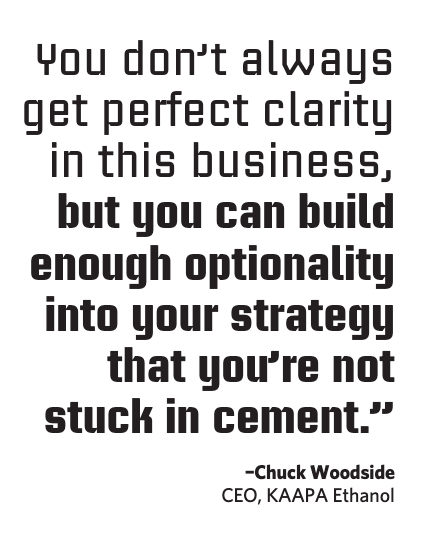
He carries those memories into every decision at KAAPA.
“I grew up on a farm nearby, and I’m a product of the farm crisis of the ‘80s,” he recalls. “One of the things I’ve found so rewarding here at KAAPA is that we’ve been able to generate a tremendous amount of wealth for our stockholders. We started out raising $20 million. We’ve distributed three-quarters of a billion dollars back, and there is so much pride that our owners have in our company.”
That pride is rooted in KAAPA’s unique structure. The stockholders Mr. Woodside speaks of aren’t Wall Street speculators; the company is owned by roughly 600 local farmers. Nearly all of the corn KAAPA processes come directly from those farmer-stockholders, creating a closed loop of supply, ownership, and reward. Stockholders don’t just deliver grain—they also share in the prosperity generated, with $750 million in distributions and $600 million in equity built since the company’s founding.
This ownership model reinforces the bond between growers and the enterprise.
“We’re in a unique position in that we have a really close relationship with our growers,” Mr. Woodside explains. “We buy well over 95% of our corn from them, and we’re able to get information about their sustainability practices on their farms that can also, in the future, translate into lower carbon intensity scores for our product.”
Cultivating and preserving those relationships—in addition to navigating fragmented rules, volatile inputs, and an uncertain policy landscape—have only sharpened his instincts for balancing risk and resilience. “You can’t wait for a blueprint,” Mr. Woodside emphasizes. “If you wait until all the rules are set, you’ve already missed the opportunity.”
Navigating Market Pressures
Few industries feel the tug of outside forces quite like ethanol. Policy and markets collide daily to create volatility that can either open new lanes of growth or slam the door on hard-won advantages. For Mr. Woodside, the challenge is not to tame that chaos, but to structure KAAPA’s operations so the company is never beholden to a single market, metric, or political whim—and so the enterprise can act as one company, not a collection of plants.
Carbon scoring is a prime example. Jurisdictions across North America measure ethanol by different yardsticks. Some models emphasize indirect land use; others weigh sequestration; still others prioritize renewable natural gas or co-products. KAAPA positions itself to win no matter whose rules apply.
“Out of the five low-carbon markets that we serve, there are at least four different models for how we’re measured,” Mr. Woodside explains. “It’s a huge regulatory function just to stay aligned.”

That posture underpinned one of KAAPA’s boldest decisions: investing in carbon capture and sequestration (which entails capturing and permanently storing carbon dioxide underground so it doesn’t enter the atmosphere). Several years ago, the company committed to a pipeline that will carry its CO₂ to Wyoming, building out compression capacity while partners developed the laterals.
“It’s another way to make a large impact on our carbon intensity score,” Mr. Woodside says. “It opens up additional markets. That’s why we felt there were good opportunities—not only serving the low-carbon markets we already serve, but opening others as well.”
But policy fragmentation extends well beyond carbon scoring. For years, E15—the blend of 15% ethanol and 85% gasoline—was caught in a tangle of seasonal restrictions and state prohibitions. In the past 12 months, the tide shifted: eight Midwestern states secured year-round approval beginning in 2025, and California, the nation’s largest fuel market, passed legislation to permit E15 sales.
“California was the latest state in the nation to accept it,” Mr. Woodside says. “That is huge.”
Such wins are the result of consistent advocacy, he says. “Our business is typically nonpartisan. We have supporters on both sides of the aisle, and we make it a priority to be involved. That involvement, from a regulatory perspective, is our social license. There’s really no compromise there.”
Amid shifting rules, the most stubborn challenge remains corn volatility. Prices swing on weather shocks, trade disputes, and shifting demand. KAAPA’s countermeasure is discipline, not speculation.
“Corn volatility is just part of our world,” Mr. Woodside says. “We work hard to manage our risk with futures and options, making sure we’re not taking a commodity risk beyond what’s acceptable. History shows that the companies that try to outthink the market get into trouble. If you remain in the spot market and keep your commodities matched, it serves you really well.”

For leaders outside the energy space, the lesson is still relevant: when rules are fragmented and inputs are volatile, resilience comes from designing a business that can succeed under multiple scenarios—and from aligning once-siloed units to pivot together.
Seeding a Competitive Edge
For KAAPA, competitive advantages start with geography. Nebraska’s proximity to both supply and markets is often called the “Golden Triangle,” with ready access to corn, ethanol, and feedlots.
Distillers’ grains feed cattle; manure can be converted into renewable natural gas to displace fossil fuel in the plants. This ecosystem not only lowers cost; it also drives down carbon scores.
“Our plants are efficient, and they’re in the middle of the Corn Belt,” Mr. Woodside says. “There were plants built outside the region, and they have a whole set of logistical challenges we don’t have. That difference matters. This triangle has been incredibly successful.”
Innovation in the Corn Belt often comes laterally. KAAPA adopted centrifuge technology originally designed for pressing olive oil to extract corn oil—a change that altered the economics of ethanol production. It is also exploring renewable natural gas partnerships with feedlots, another example of creating value by thinking beyond traditional boundaries.
Furthermore, the company is investing in AI to optimize plant performance, which Mr. Woodside notes is intended to make processes more efficient. “In the immediacy, we believe emerging technologies will help our plants run better, and there’s even more we probably haven’t realized yet,” Mr. Woodside says. “There’s a tremendous amount of tech coming from many areas that are changing the economics of our industry. I’m excited about those opportunities.”
This pattern is instructive: build reinforcing ecosystems, import ideas from adjacent industries, and apply digital tools where they compound operational learning. The cohesion modeled by KAAPA can turn scattered innovations into enterprise-level advantage.
Acquisitions, Alignment, and Deconstructing Silos
Growth in ethanol isn’t just measured in gallons; it’s measured in bushels of complexity. Each new production plant brings scale, but also its own way of doing things: different soil, different yield, different weeds to manage. KAAPA’s acquisitions were never about simply adding acreage; they were about cultivating a stronger, more resilient field.
In 2022, KAAPA closed a joint venture with Aurora Cooperative, assuming a majority interest in the Aurora, Nebraska, ethanol and grain facilities. Today, the Aurora plant—operating as KAAPA Partners Aurora, LLC—produces roughly 100 million gallons of ethanol annually, adding both scale and strategic reach to the portfolio.
KAAPA also demonstrated its ability to create value from distressed assets with the acquisition of the former Abengoa Bioenergy facility near Ravenna, Nebraska. Following the purchase, KAAPA invested approximately $40 million in improvements, including expanded grain storage and plant upgrades, which boosted annual capacity from about 90 million gallons to 120 million gallons. The Ravenna expansion underscored a philosophy that acquisitions are not endpoints but beginnings—opportunities to reinvest, modernize, and integrate.
These disciplined moves enabled KAAPA to expand rapidly, but growth also revealed new challenges. By the time the company had completed its third acquisition, it had grown fivefold in headcount and dramatically expanded its footprint. With that scale came complexity: five distinct cultures, sometimes splintered further into subcultures within maintenance, production, or logistics.
“We realized people still identified with their location, not with KAAPA,” Mr. Woodside recalls. “That was never going to get us where we needed to go.”
The problem wasn’t friction so much as fragmentation. Lessons learned in one facility stayed locked within. Employees struggled to find information, new hires lacked clear expectations, and silos slowed collaboration.
“We kept seeing the same problems pop up across different facilities,” Mr. Woodside admits. “Until we addressed culture intentionally, we were never going to clear the path for future growth.”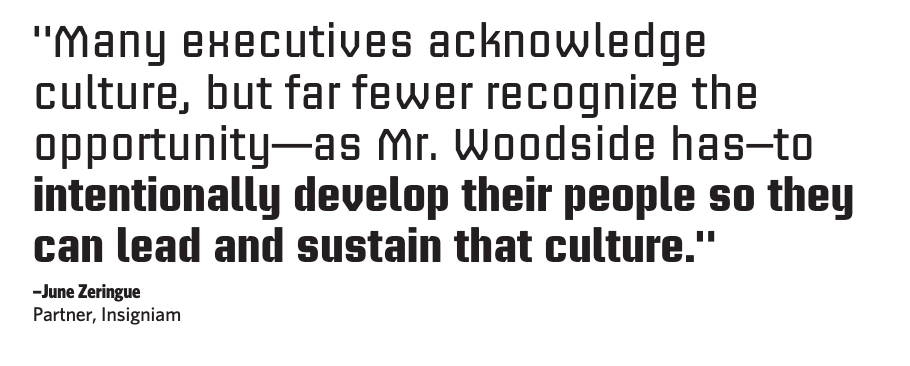
Thusly, KAAPA got intentional. The first step was a cultural assessment that forced leadership to see the enterprise through the eyes of its employees.
“No matter what you think your culture is, it really doesn’t matter until you hear the perceptions of your employees,” Mr. Woodside says. “That was a real eye-opener.”
From there, the company planted smaller initiatives—low-hanging projects where cross-functional teams solved problems side by side. Employees who had never raised their hands before suddenly had space to lead. Ten of them have since been promoted in just the past 18 months. Those modest rows of change grew into bigger harvests: reinventing onboarding, boosting six-month retention above 90%, and instilling confidence that collaboration was the fertilizer for growth.
Equally transformative was shifting from an entrepreneurial “figure it out” culture to a common language of promises, requests, and breakdowns.
“We’ve all learned that a breakthrough usually comes from a series of well-managed breakdowns,” Mr. Woodside notes. “With that shift, candor became normalized. It means employees could point out problems without fear, trusting they’d be treated as opportunities to improve rather than failures to bury.”
The payoff? Cohesion. Employees no longer cluster by plant at meetings; they organize by function, share insights across sites, and work as one company.
“Processes are easy to install, but culture isn’t,” Mr. Woodside reflects. “Building ‘one KAAPA’ has been the multiplier on every acquisition we’ve made.”
That cultural integration also emboldened Woodside, who recalls a moment early in KAAPA’s history when the company weighed a $5 million acquisition while carrying $20 million in equity and $40 million in debt.
“Our board members still remember it today,” he says. “They’ll tell you making that $5 million decision then was probably way tougher than the last $100 million decision we made.”
The relevant lesson, for Mr. Woodside, is that seeds of strategy only sprout when culture tends the soil. Capital buys equipment, but humility, communication, and persistence create cohesion. Moreover, collaboration, gratitude, and enrollment are the fertilizers that turn silos into fields of collective strength.
Or, as Mr. Woodside puts it, “Being willing to say, ‘We had a breakdown, we’ve got to correct it’—that makes all the difference in how we move forward.”
Sewing Future Growth
As another Nebraska harvest begins, the metaphor comes full circle. The future cannot be controlled, but it can be cultivated. Leaders who plant wisely, steward carefully, and act boldly will find themselves winning—not despite the speed of change, but because of it.
This is the essence of KAAPA’s story, written in both numbers and values. Ethanol is no longer just a blendstock for gasoline; it is fast becoming the foundation for sustainable fuel for a multitude of applications. From compression to sequestration, KAAPA is not waiting for markets to mature—it is preparing to shape them.
“It’s really exciting to think about what’s possible by building ecosystems that reinforce one another,” says Mr. Woodside. “Ethanol is a tremendous platform for other products, and the opportunities in front of us are as big as anything we’ve seen in this industry.”
For senior executives, Mr. Woodside’s example is clear: The leaders who endure will not be those who stand idle for certainty, but those who move first, create options, and unify their organizations to pivot as one. The harvest of resilience is not accidental; it is the result of catalyzing cohesion and turning disruption itself into fuel for the future.
